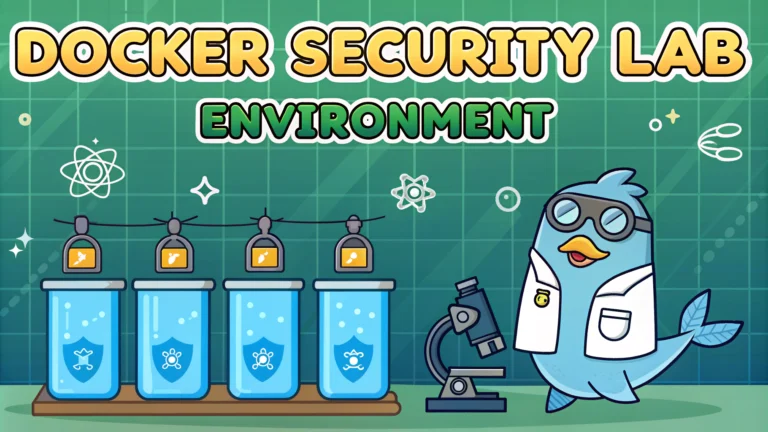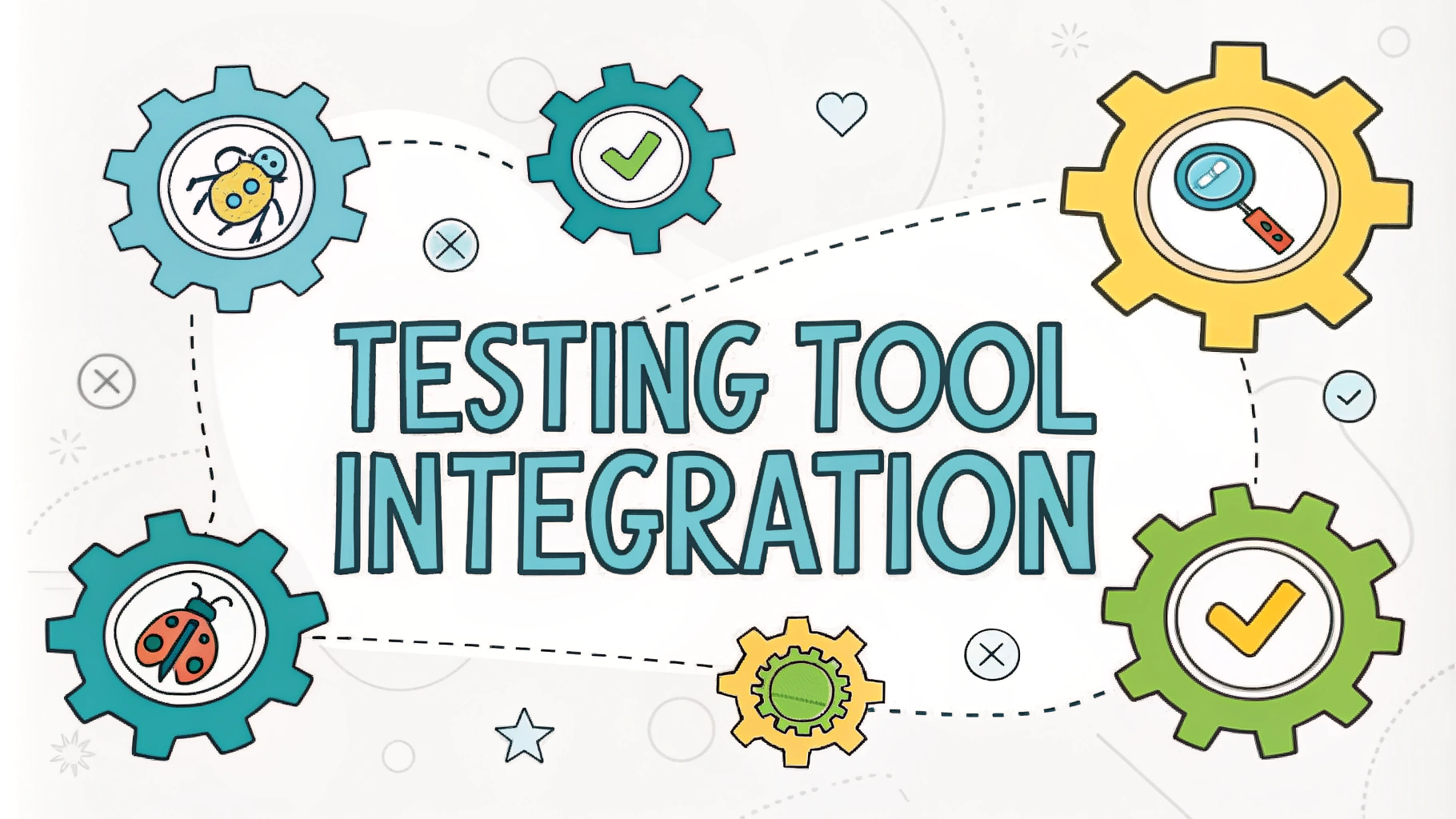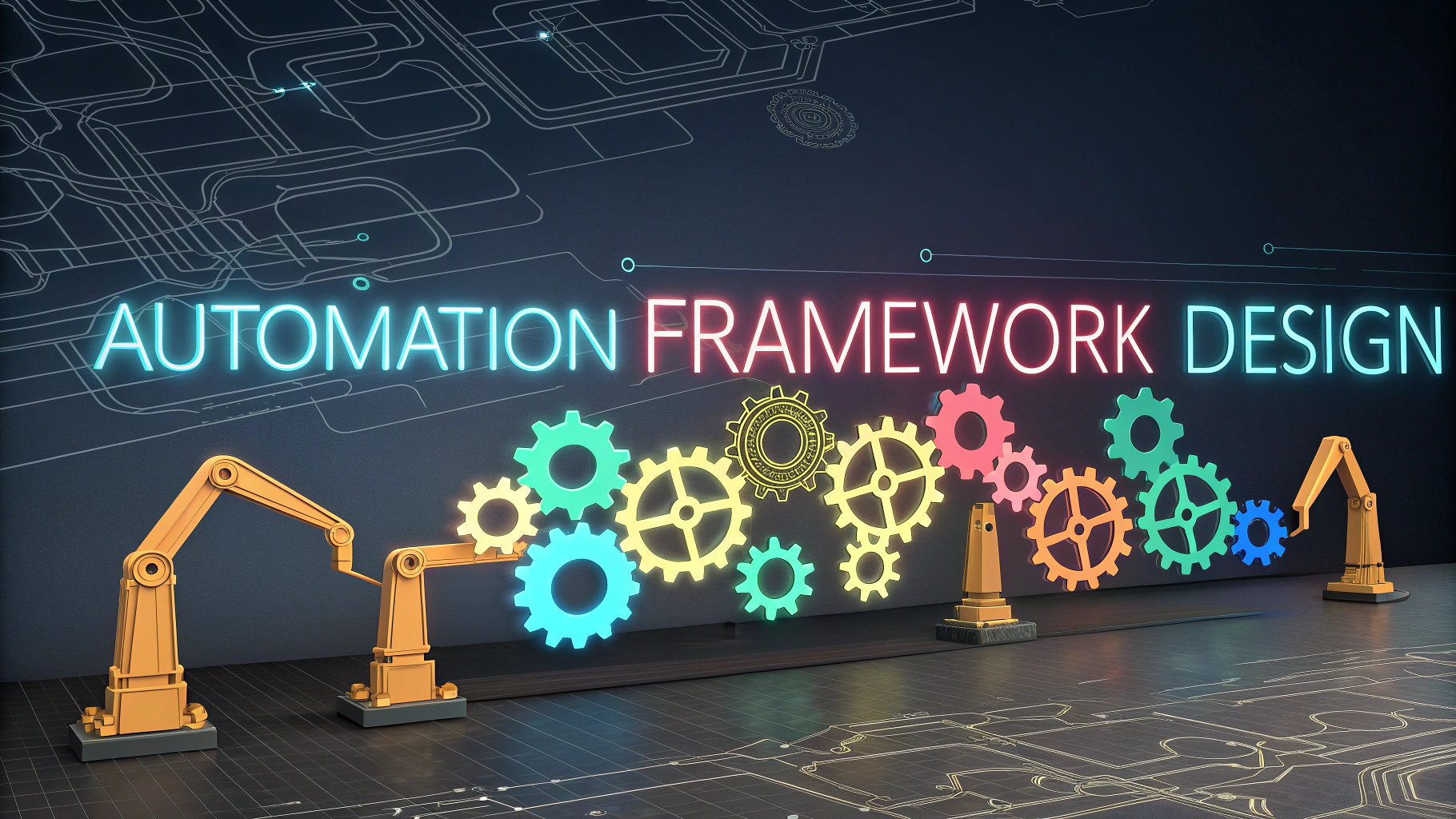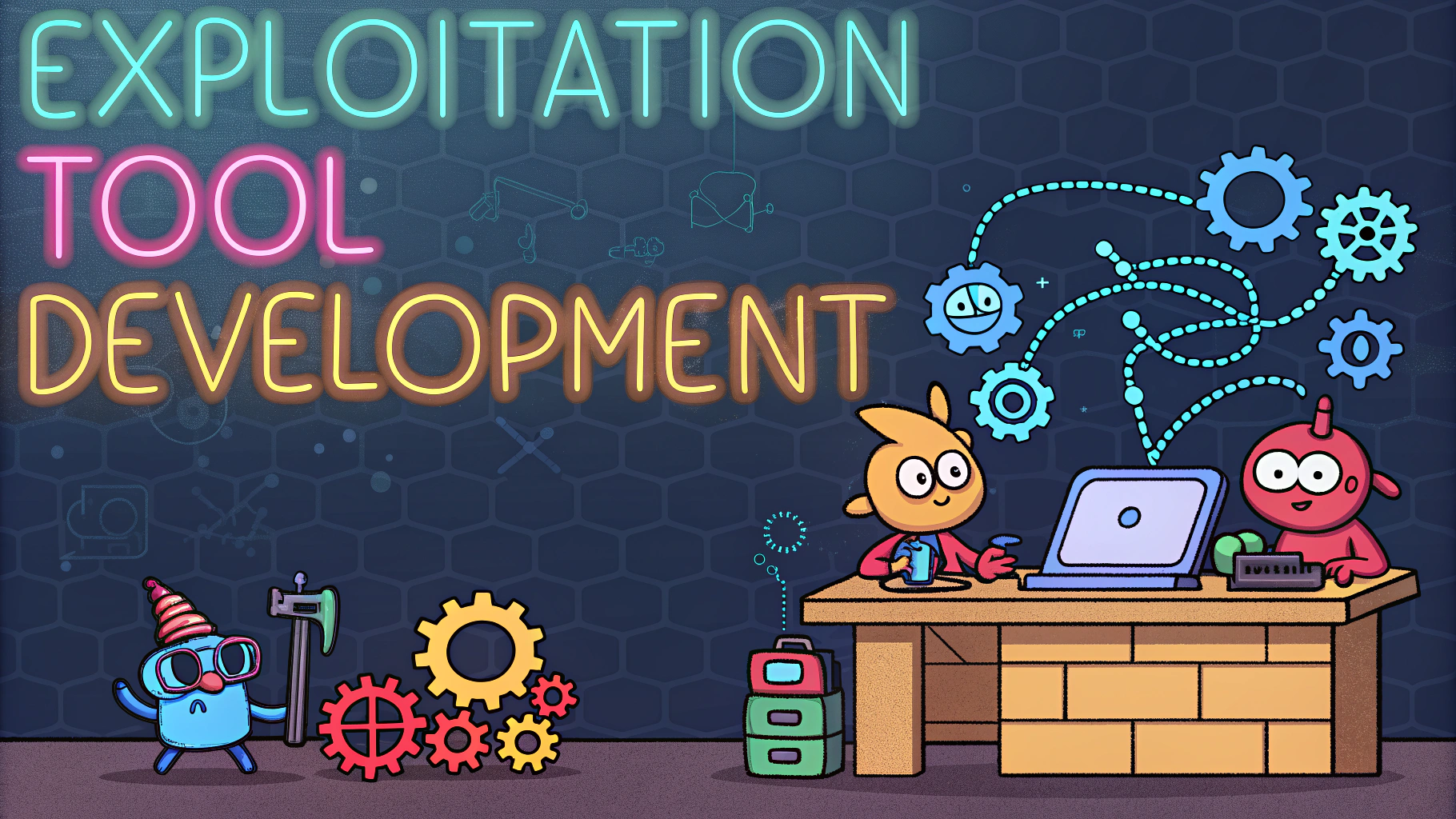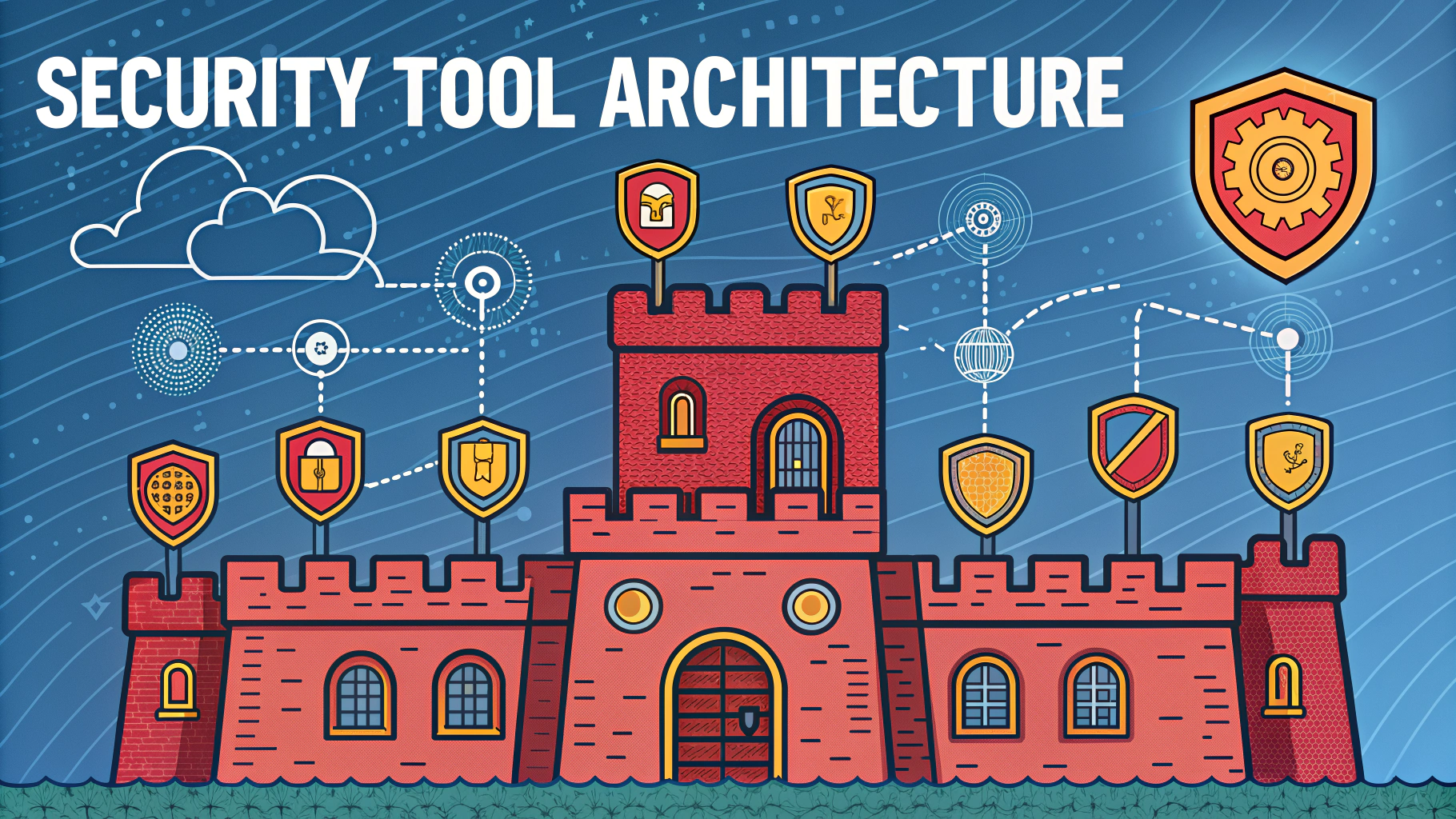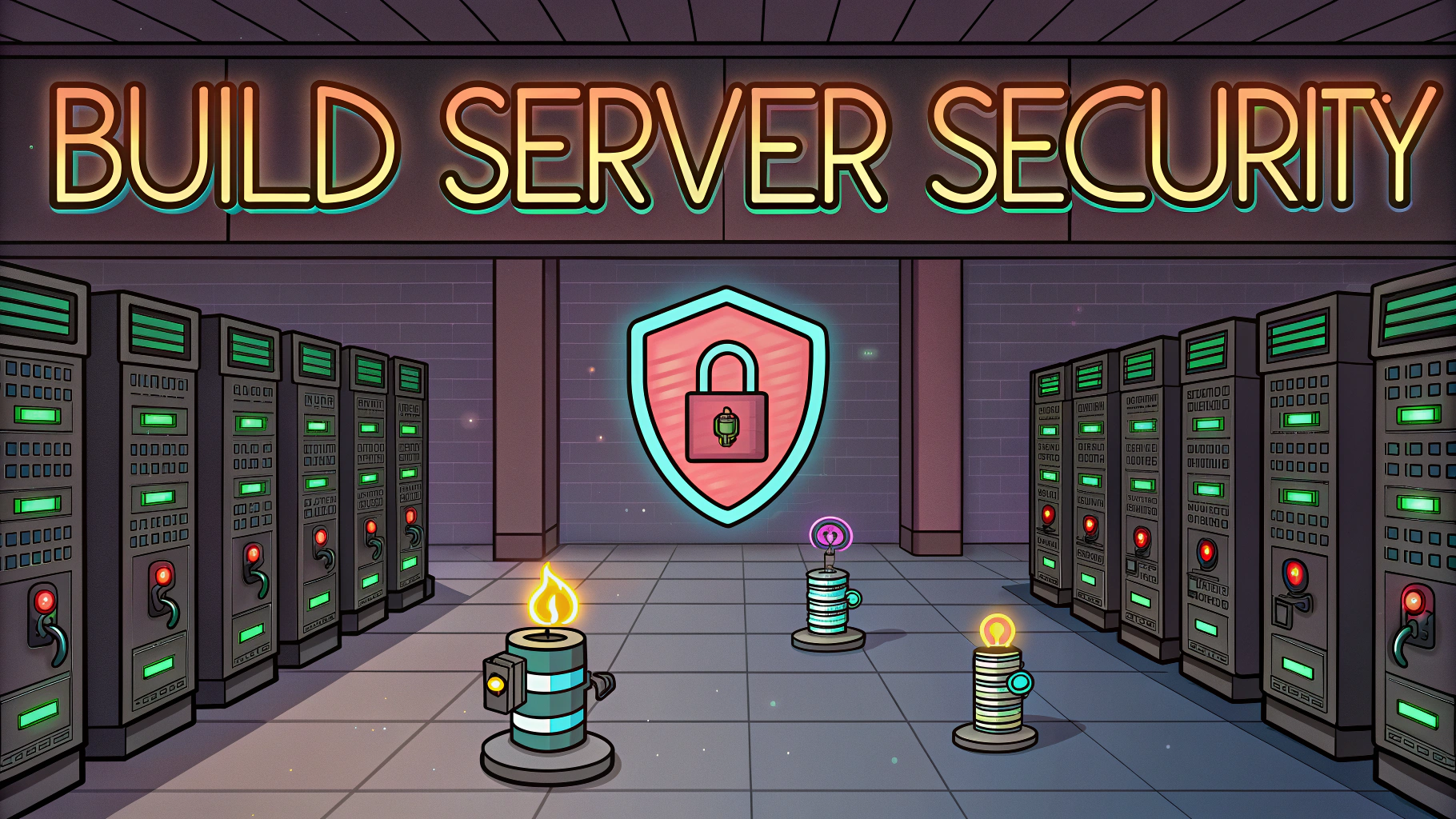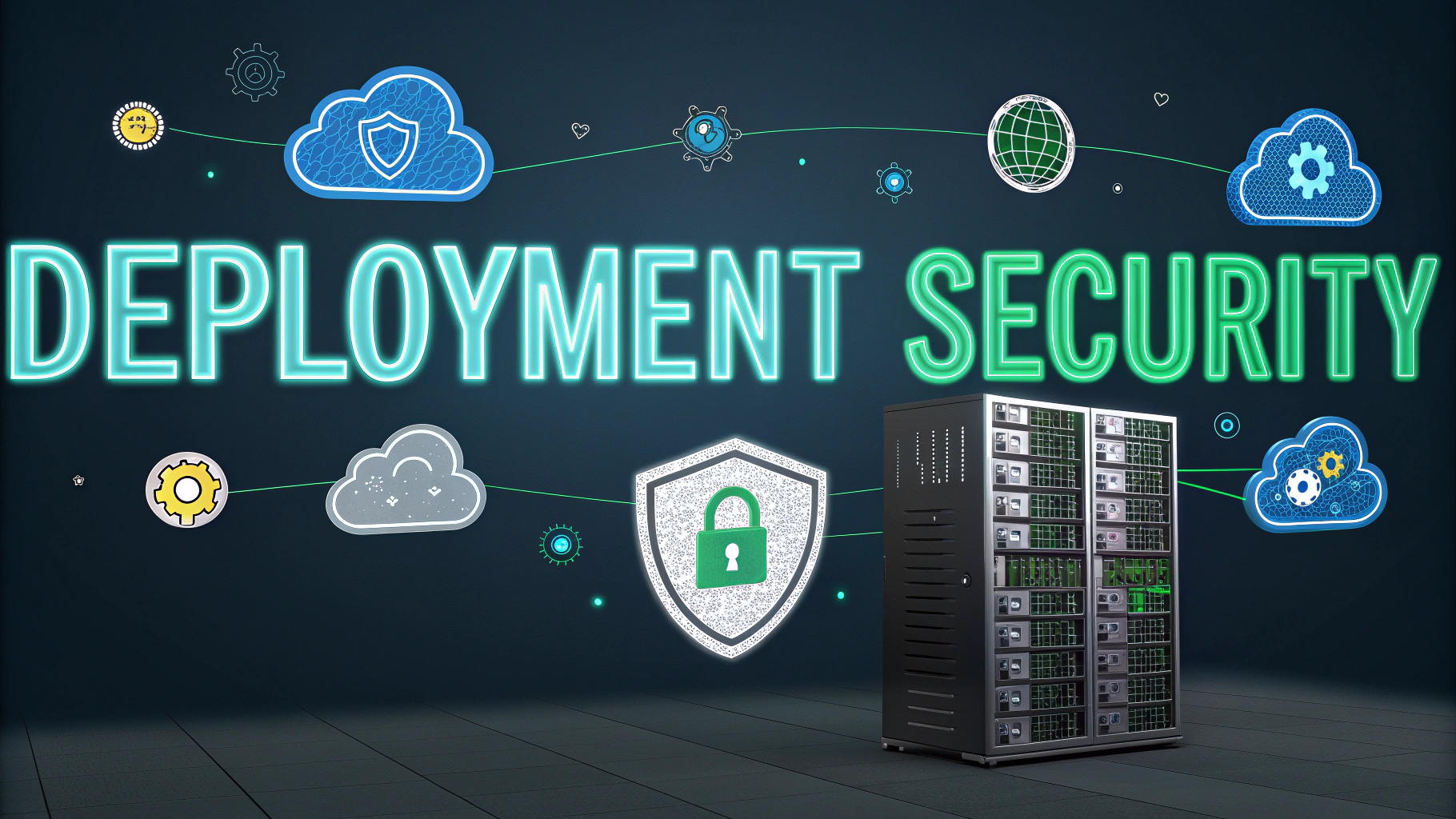Setting up a secure Docker environment for penetration testing requires careful planning and implementation of security controls.
Docker containers provide an isolated, reproducible environment perfect for security testing and research without risking host system compromise.
This guide covers essential steps to create and maintain a secure Docker lab for penetration testing activities.
Initial Setup Requirements
- Docker Engine installed on Linux (recommended) or Docker Desktop for Windows/macOS
- Updated system with latest security patches
- Dedicated user account with restricted permissions
- Network isolation capabilities
Security Baseline Configuration
Configure Docker daemon with these security settings:
{
"userns-remap": "default",
"no-new-privileges": true,
"seccomp-profile": "/etc/docker/seccomp.json",
"selinux-enabled": true
}
Network Isolation
Create dedicated networks for testing:
docker network create --driver bridge pentest-networkRecommended Base Images
- Kali Linux:
docker pull kalilinux/kali-rolling - ParrotSec:
docker pull parrotsec/security - BlackArch:
docker pull blackarchlinux/blackarch
Resource Limitations
docker run --cpus=2 --memory=2g --memory-swap=2g kalilinux/kali-rollingData Persistence
Use named volumes for tool configurations and findings:
docker volume create pentest-data
docker run -v pentest-data:/data kalilinux/kali-rollingMonitoring and Logging
- Enable Docker audit logging:
dockerd --audit-log-path=/var/log/docker-audit.log - Configure container logging:
--log-driver=journald - Monitor container resource usage:
docker stats
Access Controls
Implement these security measures:
- Use root-less containers when possible
- Apply read-only root filesystem:
--read-only - Drop unnecessary capabilities:
--cap-drop=ALL --cap-add=NET_ADMIN
Backup Procedures
Regular backup commands for your lab:
docker save -o pentest-image.tar your-pentest-image
docker volume backup pentest-data:/backupSecurity Tools Integration
- Metasploit Framework:
docker pull metasploitframework/metasploit-framework - OWASP ZAP:
docker pull owasp/zap2docker-stable - Nmap:
docker pull uzyexe/nmap
Next Steps for Your Security Lab
Document all testing procedures and maintain separate environments for different testing scenarios.
Review Docker security scanning reports regularly using: docker scan your-image-name
Join the Docker Security community on Docker Forums for updates and best practices.
Automation and Scripting
Automate common testing workflows with Docker Compose:
version: '3'
services:
kali:
image: kalilinux/kali-rolling
volumes:
- pentest-data:/data
networks:
- pentest-net
metasploit:
image: metasploitframework/metasploit-framework
depends_on:
- kaliContainer Hardening
- Remove unnecessary packages and tools
- Implement multi-stage builds
- Scan images for vulnerabilities before deployment
- Use minimal base images when possible
Incident Response Planning
Prepare containment procedures:
docker container stop $(docker ps -a -q)
docker network disconnect pentest-network container_name
docker logs --since=24h container_name > incident_log.txtCompliance and Documentation
- Maintain detailed logs of all testing activities
- Document container configurations and changes
- Keep inventory of all testing tools and versions
- Track security patches and updates
Establishing Your Secure Testing Environment
Regular security assessments and updates ensure a robust penetration testing environment. Remember to:
- Review and update security policies regularly
- Monitor container resource usage and performance
- Maintain separate environments for different testing purposes
- Keep all tools and containers updated with latest security patches
- Follow responsible disclosure guidelines when testing
FAQs
- What is a Docker Security Lab Environment and why is it used for penetration testing?
A Docker Security Lab Environment is a containerized setup that allows security professionals to safely conduct penetration testing and security assessments. It provides isolated environments to test vulnerabilities and attack scenarios without affecting production systems. - How do I ensure my Docker lab containers are properly isolated from the host system?
Use Docker’s security features like running containers with minimal privileges, implementing user namespaces, using custom networks, and avoiding host volume mounts. Never run containers with –privileged flag unless absolutely necessary. - What are the essential security tools that should be included in a Docker pentesting lab?
Essential tools include Metasploit Framework, Nmap, Wireshark, Burp Suite, OWASP ZAP, Sqlmap, Hydra, and other vulnerability scanning and exploitation tools commonly used in security assessments. - How can I maintain persistence in Docker security labs between sessions?
Use Docker volumes to persist data, create custom Docker images with your tools and configurations, and implement Docker Compose files to maintain consistent lab environments across different sessions. - What are the best practices for networking in Docker security labs?
Create isolated custom networks for different test scenarios, use internal networks when possible, disable inter-container communication unless necessary, and implement proper network segmentation. - How do I handle vulnerable applications in my Docker security lab safely?
Run vulnerable applications in isolated networks, never expose them to the internet, use appropriate firewall rules, and ensure they’re only accessible within the lab environment. - What are the recommended hardware requirements for running a Docker security lab?
Minimum requirements include 8GB RAM, multicore processor, 50GB free storage space, and virtualization support enabled in BIOS. Requirements may increase based on the number of concurrent containers. - How can I create reproducible security testing environments using Docker?
Use Dockerfiles and Docker Compose files to define your environment, maintain version control of your configurations, and document all dependencies and setup requirements. - What are common pitfalls to avoid when setting up a Docker security lab?
Avoid running containers as root, exposing sensitive ports to the host, using latest tags instead of specific versions, and neglecting to implement proper access controls and monitoring. - How do I manage and monitor resource usage in my Docker security lab?
Use Docker’s built-in commands like docker stats, implement resource limits using –memory and –cpu flags, and utilize monitoring tools like cAdvisor or Prometheus for detailed resource tracking.
